Newly Built Homes vs. Today’s Market: The Real Story
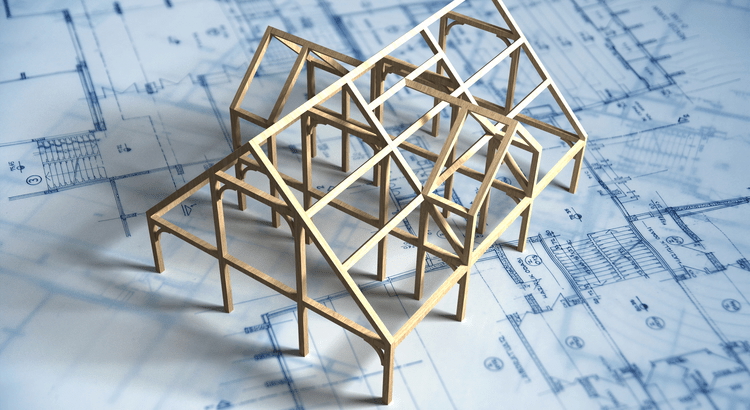
Lately, headlines have been buzzing about the surge in new home inventory, reaching levels we haven’t seen since 2009. If you’re reading that and feeling a sense of déjà vu — thinking, oh no, here we go again — you’re not alone. Memories of the late 2000s housing crash naturally bring up concerns that history might be repeating itself.
But before fear takes over, it’s important to remember: headlines are often crafted for clicks, not clarity. They’re designed to grab your attention — and sometimes they end up creating more panic than understanding. That’s why it’s so important to zoom out and look at the full picture.
Why This Isn’t 2008 All Over Again
Yes, it’s true: the number of new homes on the market is at its highest since 2009. But that doesn’t mean we’re heading for another crash. Here’s the critical context: when you actually break the data down and put it into a graph, you’ll see that 2009 wasn’t the height of the oversupply — not even close. The real peak happened much earlier, around 2007-2008. In fact, by 2009, the number of new homes being built was already on a steep decline (check out the graph below):
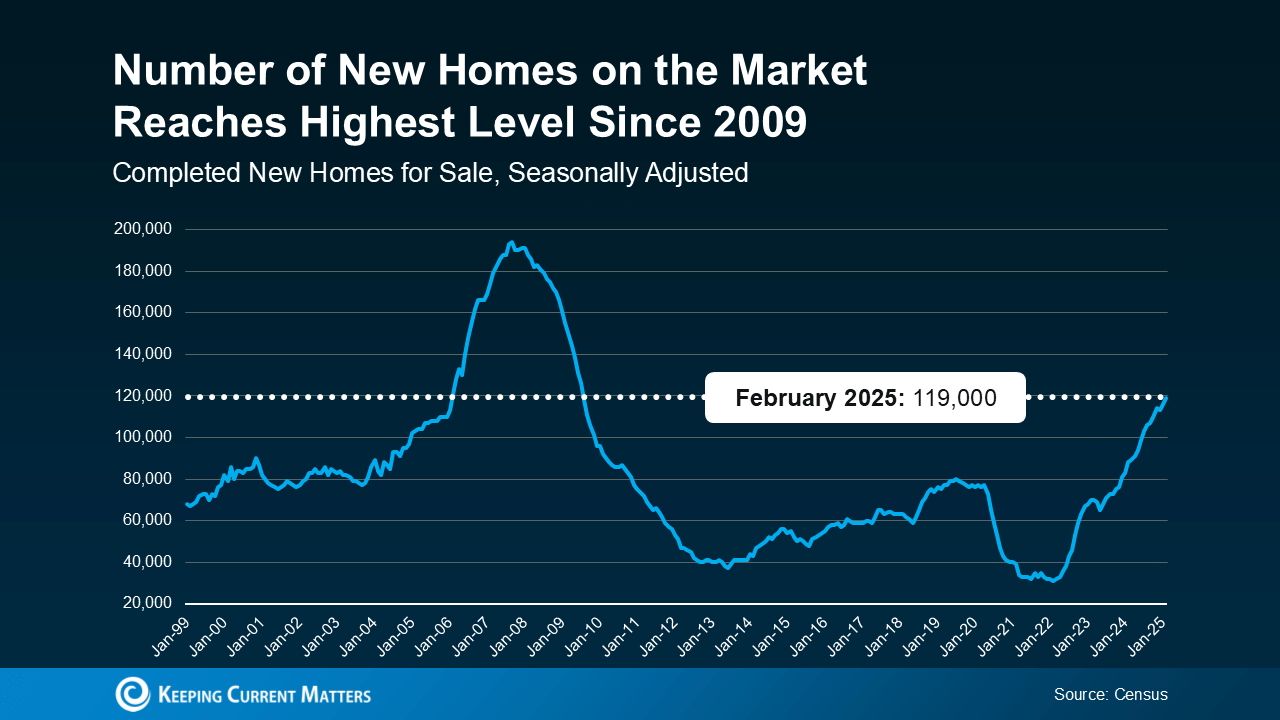
The overbuilding that helped trigger the housing crash actually happened in the years leading up to 2008 — not in 2009. By then, construction activity was already slowing significantly. So, when you hear that we’re back to 2009 inventory levels, it’s not the same as saying we’re overbuilding like we did before.
Builders Have Been Underbuilding for Over a Decade
Here’s more proof to back that up. After the crash, builders dramatically scaled back new construction. As a result, they built far fewer homes than the market demanded — and that shortfall lasted for more than ten years. This long period of underbuilding led to a major housing shortage, a challenge that we’re still facing today.
The graph below, based on Census data, highlights this clearly: you’ll see the surge of overbuilding leading up to the crash (shown in red), the extended period of underbuilding that followed (in orange), and how only recently have we started to return to more typical construction levels:
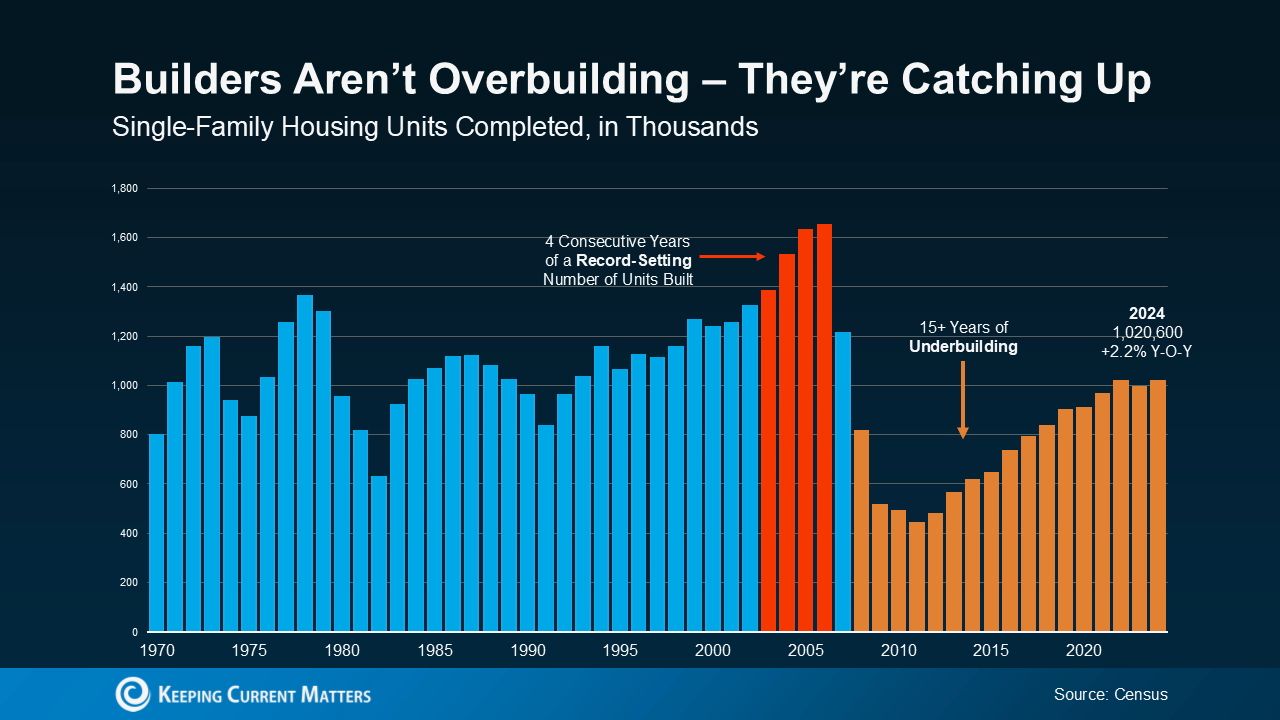
Today’s market is a completely different story. Builders aren’t overbuilding — they’re making up for lost time.
In a recent article, Odeta Kushi, Deputy Chief Economist at First American, explains how the recent increase in construction is actually a positive sign for today’s market, particularly for buyers:
"This means more homes on the market and more options for home buyers, which is good news for a housing market that has been underbuilt for over a decade."
As always, real estate is local, and the balance between supply and demand will vary depending on the area. Some markets might see more newly built homes, while others may have fewer. But on a national scale, there’s no cause for alarm. This is nothing like what happened last time.
Bottom Line
No matter what headlines you come across or what stories you’re hearing, the increase in newly built homes on the market isn’t a warning sign for the housing market as a whole — it’s actually a positive indicator that builders are finally beginning to catch up after years of underbuilding. This shift is helping to create more options for today’s buyers and bringing much-needed balance to the market.
Of course, real estate trends can vary widely depending on where you live, so if you’re curious about what’s happening specifically in your area — whether you’re thinking about buying, selling, or just keeping an eye on the market — it’s a great idea to connect with a trusted real estate agent who can guide you through the local details and opportunities.
Categories
Recent Posts
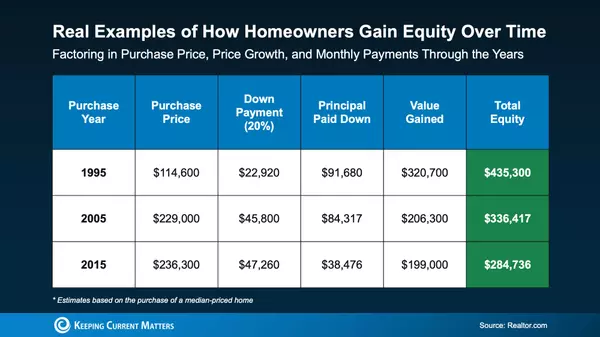

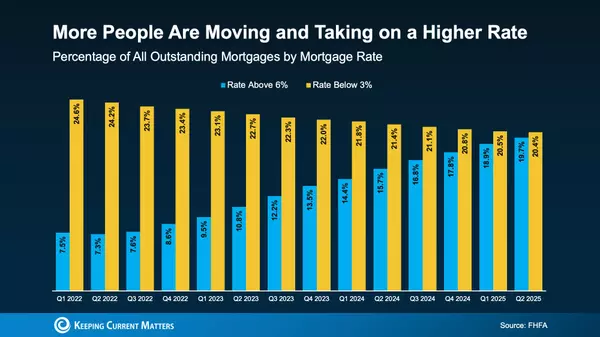
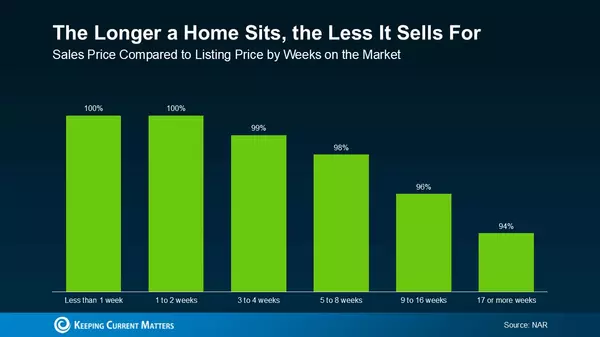
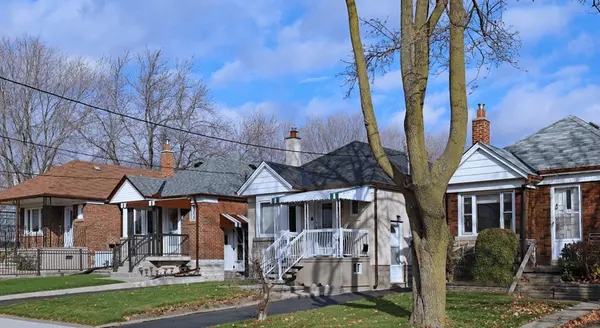

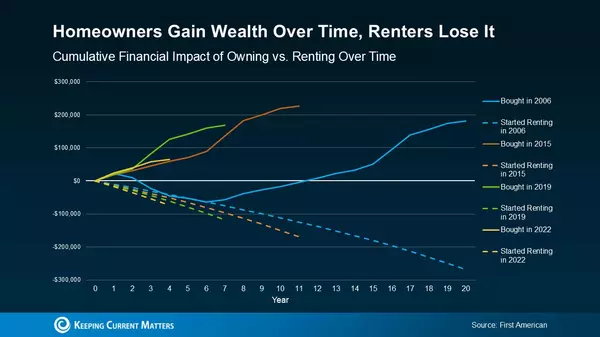
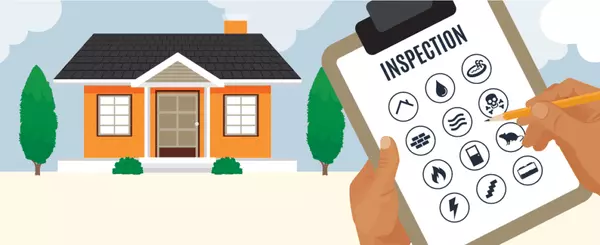
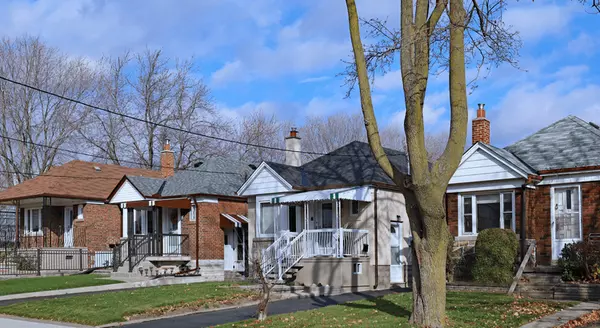
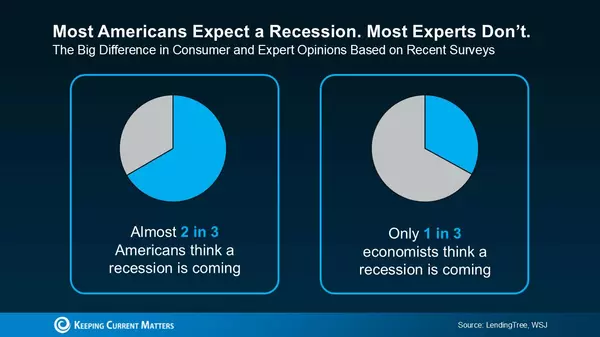
GET MORE INFORMATION


